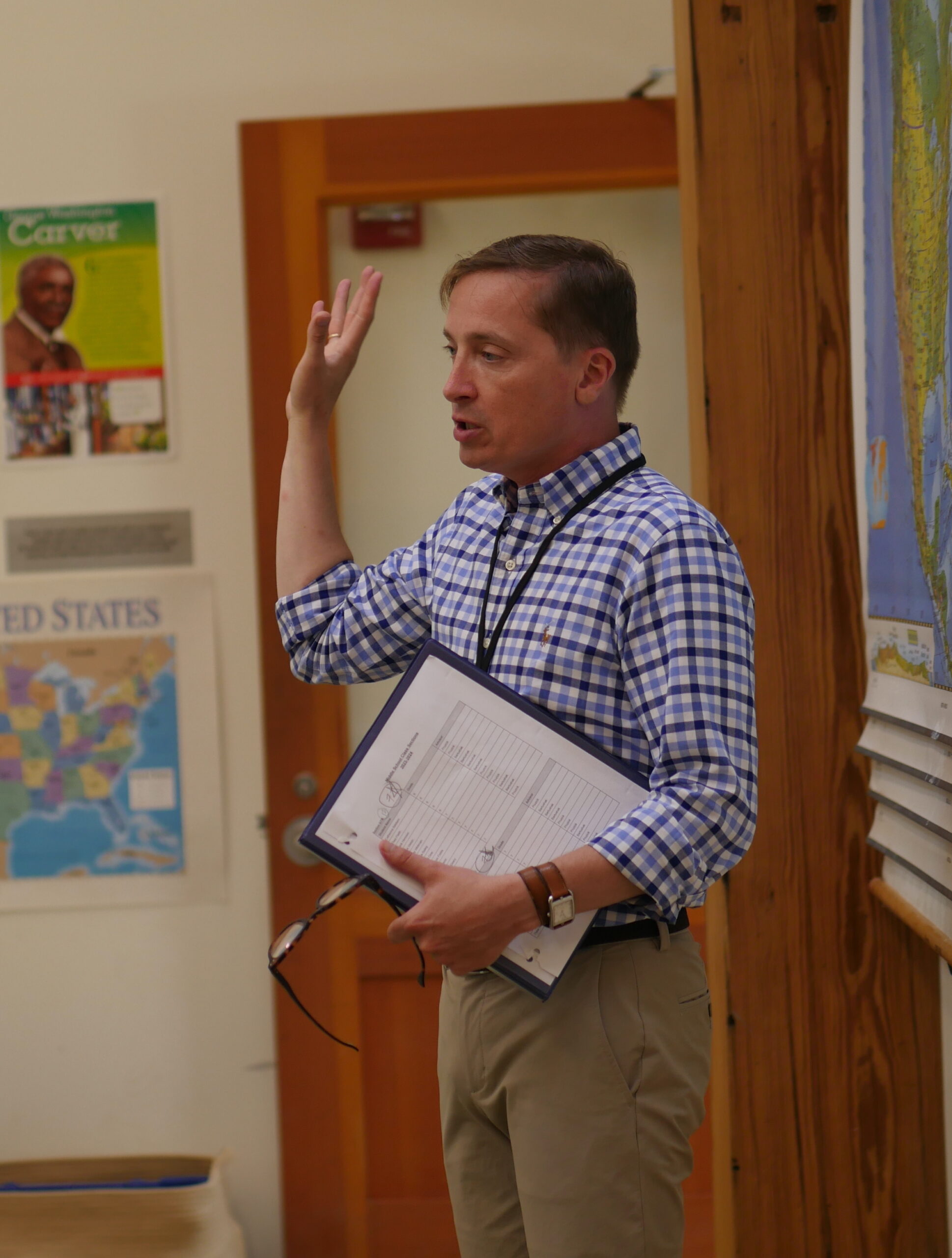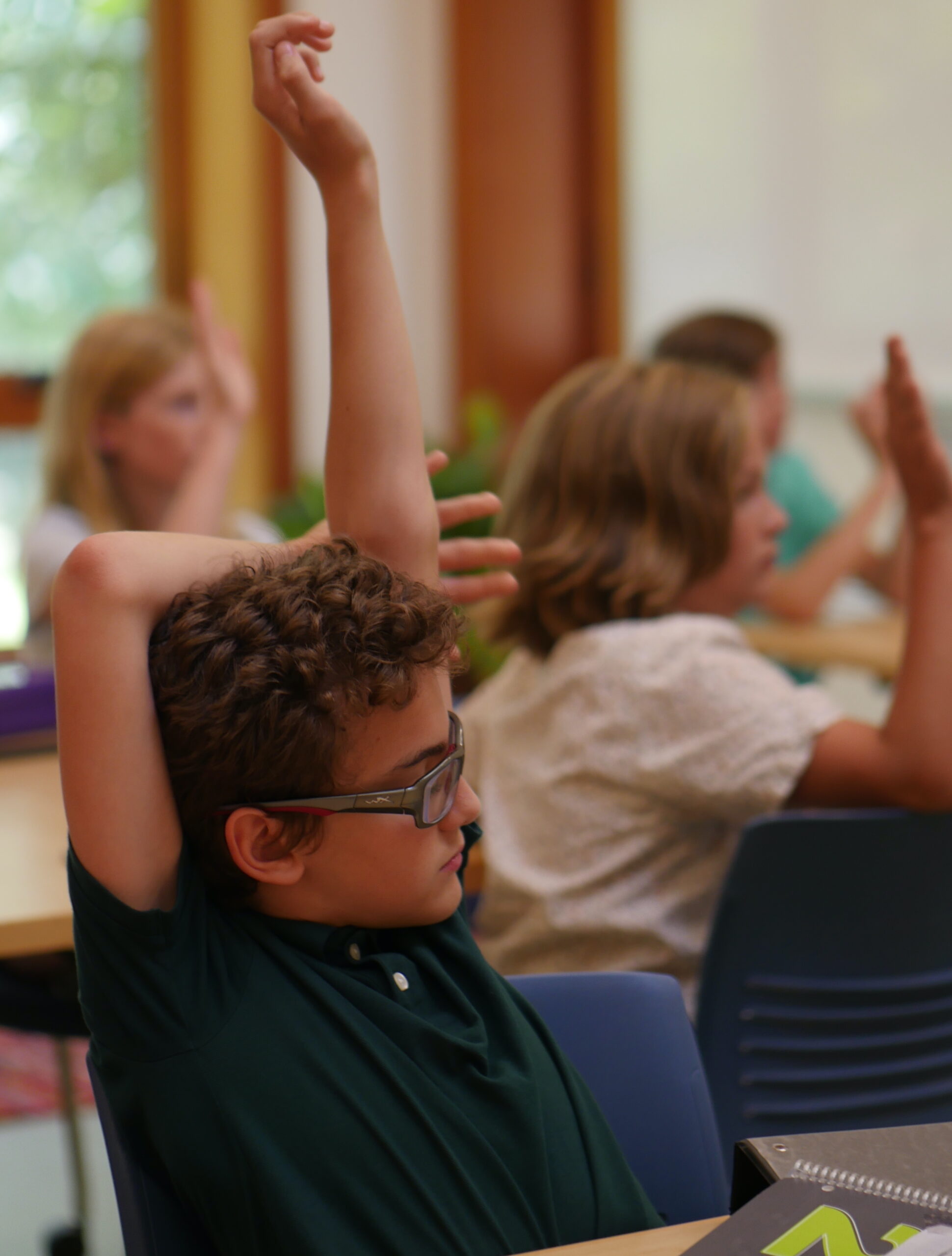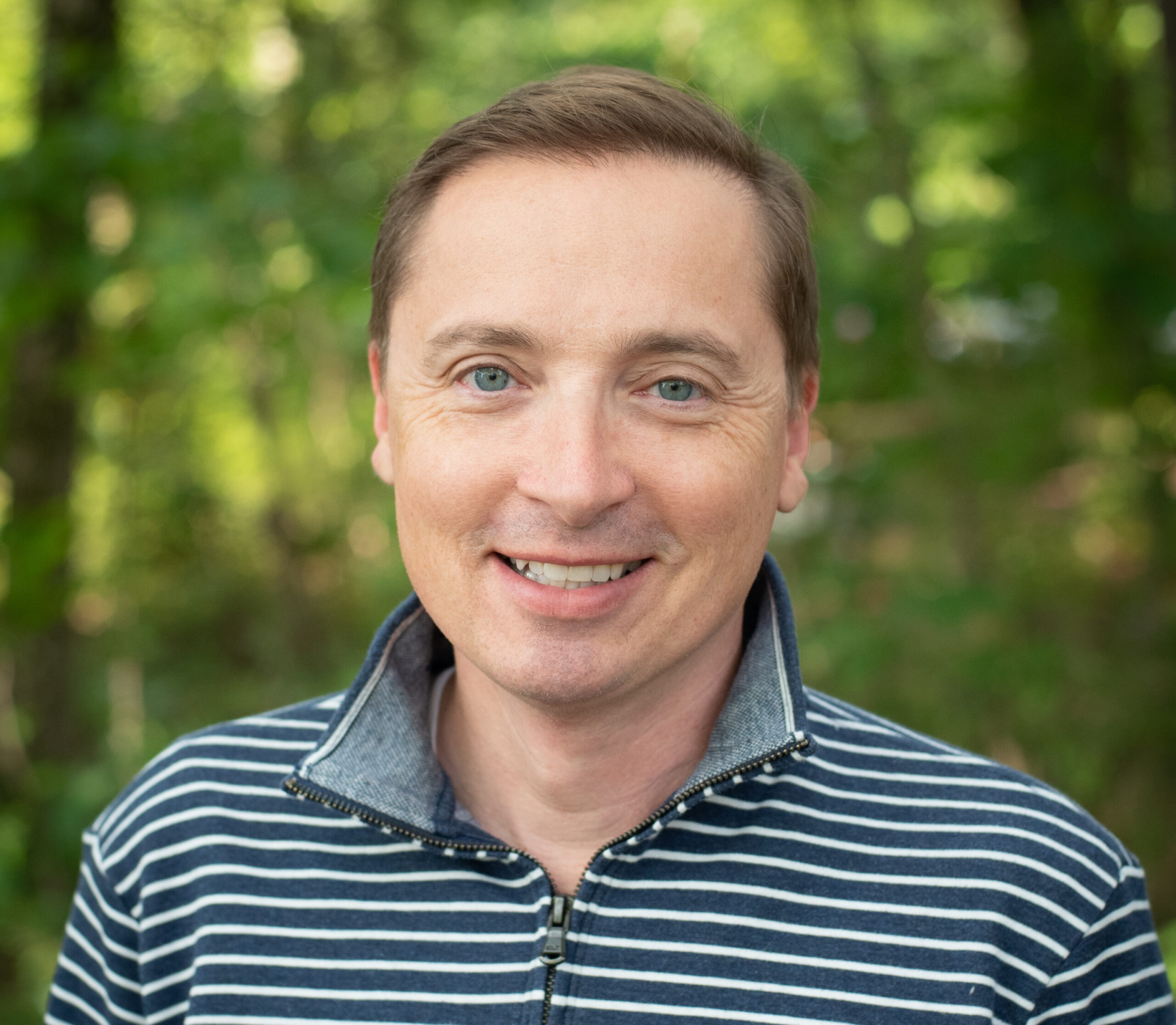We’re excited to welcome Joseph Iannacone to Willow as our Middle School Social Studies teacher and Social Studies Department Chair! Joseph has been a history/social studies teacher since earning his MA in Teaching from the Teachers College, Columbia University in 1998. Most recently, Joseph taught Middle School History at The Hewitt School in New York City for 15 years, where he also acted as an advisor, organized middle school community service projects, coordinated a Model Congress team, and assisted with the school’s rowing team and middle school student council. Joe has a passion for social studies and using hands-on learning, literature, art, and technology to engage students. Joe and his husband Dario have been weekenders at their home in Tewksbury for the past three years, and he is excited to live full-time in our beautiful area.
When asked why he is passionate about teaching social studies, Joe says, “I want my students to have a firm grounding in the events, systems, persons, and ideas that have shaped our past, so that they can better lead the world in which we live.” Read on to learn more about his educational philosophy and background, plus his plans for this school year.
What first drew you to The Willow School?
I was familiar with Willow from being a weekender in the area and passing by the campus often. I always thought that it was such a beautiful school. At the end of my 15th year at The Hewitt School, I decided to take a break to travel in Germany, and the job popped up. Oprah Winfrey says, “I believe luck is preparation meeting opportunity. If you hadn’t been prepared when the opportunity came along, you wouldn’t have been ‘lucky.’” I thought, “I can’t let this pass,” so I reached out and what luck!
My initial attraction to Willow was first the physical beauty of the campus and the big, beautiful rooms with so much light. But as I got to know the school, I found it wasn’t just your typical country day school. It is a place of immense dedication, warmth, and caring. The leadership team has their sleeves rolled up and they’re part of the process. It’s a huge working team of very dedicated, caring, smart educators. The student body is small, diligent, curious, and hard-working…it’s such a refreshing place to be these first few weeks.

Mr. I introduces daily routines and this year’s curriculum on the first day of school.
How did you first discover your passion for social studies and history?
Since I was the age my students are now, I’ve been interested in how societies function. I showed students a book that I bought at a Scholastic Book Fair back in the 80s, The Last Czar, about Nicholas II and the decline of the Russian Empire, that I can remember sparking my interest in history at their age. It made me wonder: how do leaders become leaders? What makes a good or bad leader?
Beyond things like that story of very grand, big people, I’m also very interested in everyday social history. In my visits to this area before I moved here, I’ve explored every little nook and cranny of history we have access to: historic homes, historic places. New Jersey is an enormously important place in the American Revolution and very emblematic of the United States in the 20th and 21st centuries. I encourage students to think about the history that’s around them and explore these places in class and on their own.
Can you tell us a little bit about your teaching journey, starting with what first inspired you to teach?
I completed my undergraduate degree at Bard College, concentrating on French and German modern history. I actually studied in Germany right after the fall of the Berlin Wall. I thought that after I graduated from Bard, I would go into public policy or become a diplomat. Instead, about two years after I graduated, my elderly uncle who had been a school superintendent suggested that I become a history teacher. I took a few courses at Teachers College and found it really thrilling, so I applied to the full program, got in, and then I did a practicum. I couldn’t believe how much I enjoyed being the teacher and facilitating an active classroom. That moment in a social studies classroom where you have, essentially, junior historians or junior social scientists talking about their viewpoints on a moment in history that we’re studying – I love inspiring and being a part of that every day. I’m also very passionate about helping students develop important skills. For example, at the beginning of the year we learned about research, asking: what is good research? What are reliable sources? It’s so much fun building these skills and having these conversations with young people.

Students participate in class discussions and share their ideas.
What does an active classroom and a skills-based curriculum look like for Willow social studies students this year?
I use this method called the active history notebook as a place for students to store and reflect on their work, their research, their notes, and their projects. It’s a way to explore: How does one take good notes? What are some note-taking strategies and what works for you? When we’re sharing research with each other, we first stop to talk about creating presentations. What would be engaging for our listeners? What visuals can we use? How do you create bullets from content? We purposely work on those learning and life skills that students will carry with them far beyond middle school, including social skills. How can you be a collaborative worker? How do you present in an engaging way? How do you give good feedback? Content, social skills, and learning skills are all an important part of this classroom.
What can middle schoolers look forward to learning about in social studies this year?
Our Early America class launches from looking at geography and Indigenous cultures all the way to the end of Reconstruction, aligned to a US 1/US 2 curriculum. Modern America is from the Industrial Revolution on; hopefully, we will get all of the way into the 1990s.
In Early America we’re going to explore: how did this nation come to be a nation? Some of the big topics we will explore include the problems of America’s connection to Britain and desire for independence and the struggle of coming up with who we were as a nation after independence, especially as an agrarian society that depended on chattel slavery and how that ultimately led to the Civil War. New Jersey is the crossroads of the Revolution, so one of the fun things I’m planning is for us to take a field trip to explore these battles and the life of a Continental soldier. We’ll also read Civil War diaries and craft our own.
In Modern America, we’re lifting off with the Industrial Revolution, looking at America as it becomes a huge industrial power and superpower: how does that change things? I think an interesting project in this upcoming unit about industrialization and urbanization centers around the Triangle Shirtwaist Factory Fire, which happened in 1911. It was a real watershed moment for how workers are treated in a factory situation. It’s still, to this day, one of the most horrific, deadliest workplace accidents, and yet from it, there arose an enormous amount of labor standards that changed our nation. There’s no memorial to the, mostly, young women who died, who are just a few years older than these students, so students are going to design a monument about it, create a mock-up, and give us a tour. Big questions about historical memory and who gets remembered and who doesn’t are contained within this project. We’re also going to be looking at the lives of World War I soldiers and women volunteers. We’re going along in a chronological manner, looking at themes, but then also stopping for projects that serve as key case studies.
What are you hoping that students take away from their time with you this year?
I hope they end the year feeling like they’re stronger students that they can manage their academics with strong organization, note-taking, writing, presentation, and time management skills. I hope they also become better collaborators. Hopefully, they are also inspired to love the social sciences and understand how knowing history can help us better understand things that are happening today. It’s also about democracy education. How do they see themselves making decisions that impact their school community and local communities, and then expanding that to understand impacts nationally or internationally. I hope that what they learn here helps them as they become informed, curious national and global citizens.
Interested in learning more about Willow Middle School? Attend our Open House for Grades 4-8 on October 25 or start a conversation with our enrollment team. Applications for the 2024-25 school year are due on February 1, and Willow accepts mid-year transfers for select grades.

